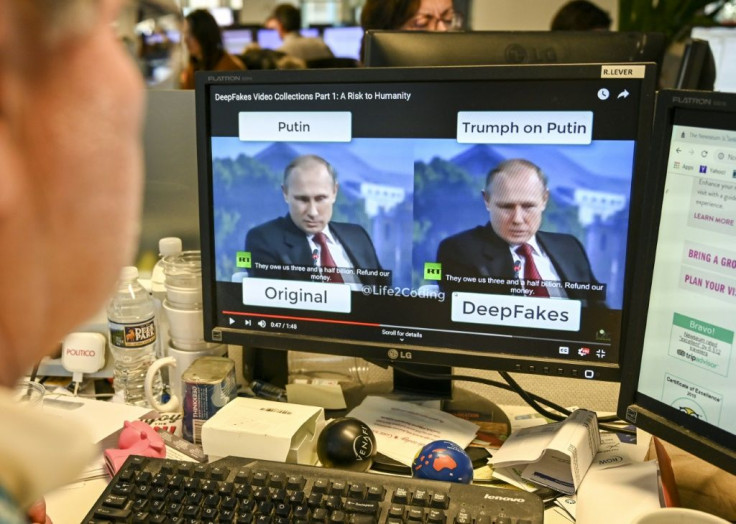Deepfake Videos Are A Big Threat That Can Unleash Chaos

Humans developed technology to serve them and now it threatens their very existence. “Deepfakes” or Deepfake videos are the latest addition to the league of AI-powered advancements that are doing more harm than good.
Imagine this: Mark Zuckerberg, the Facebook founder, who is theoretically privy to the private data of two billion people, sinisterly claimed in an Instagram video, “I owe it all to Spectre. They showed me whoever controls the data, controls the future.” To mimic the appearance of genuine news, the video is framed by broadcast chyrons saying “We’re increasing transparency on ads.”
The video is not real. It’s a Deepfake video, made by morphing a clipping of Zuckerberg’s 2017 video address on Russian election propaganda on Facebook. But it can deceive even the most discerning, tech-savvy viewer. Two artists and an advertising firm used an AI-based algorithm to capture Zuckerberg’s facial angles and expressions from his 2017 address. Then, they used Video Dialog Replacement (VDR) technology to make it seem as if the Facebook founder was threatening to leak the stolen secrets of his subscribers on Instagram.
This is technology at its best, or should we say worst? If this is alarming, get this: recent reports say Samsung’s AI wing in Russia has created an eerily accurate Deepfake video of a person by using a single still image. Imagine the accuracy achievable if more pictures are fed into the Deepfake software.
And now we come to the worst part. In less than a year, Deepfake technology will be easily accessible to the masses. Not a wild claim, this startling revelation was made by Deepfake industry pioneer Hao Li in an interview with CNBC. Even now, unlicensed Deepfake software is in circulation and is being used to craft titillating content.
Unsurprisingly, Deepfake content connoisseurs abound. On YouTube, a Deepfake video of the former Saturday Night Live star Bill Hader transforming into U.S. Senator Arnold Schwarzenegger garnered 6 million hits! The video’s creator, Tom (who withholds his last name for privacy reasons), created the Deepfake in six days using free, open-source software and online tutorials on face melding.
Deepfakes Are Dangerous
3D morphing is not new, but Deepfake videos take video manipulation to a deceitful new level. Video targets are made to appear different and speak uncharacteristically. The precision and accuracy of Deepfakes make them appear ridiculously genuine.
Experts believe Deepfake technology can be dangerous if unleashed in the wild. Sabotaging election campaign speeches and spreading misinformation about public figures are just some of its ramifications. Just before the U.S. Senate elections, miscreants posted a Deepfake video of House Speaker Nancy Pelosi speaking in a slurred, drunken state. The creator’s rudimentary video editing skill and wrong intent could have polarized election results.
What Can Be Done?
Social media company officials are facing the brunt of criticism over such technology being used to sway public opinion which has forced them to assume a pro-active stance on spreading awareness about false video content in their platforms.
As responsible citizens, one has to be aware that the wielders of technology have stooped to new lows. Refrain from publicizing or propagating such altered videos. Unsubscribe from social channels that publish or support Deepfakes. A moment’s discretion on one’s part can curtail technology’s encroachment into inadmissible areas.
© Copyright IBTimes 2025. All rights reserved.



















